2010 Honda Civic Sedan Review
When it was originally launched in the U.S. market as a 1973 model, few could perhaps imagine that nearly 40 years later, the humble Honda Civic would become one of America’s best selling cars – beloved of college grads, young families, commuters and many others. Today’s eighth generation Civic is a far cry from the original, which got its name from the CVCC (for Compound Vortex Controlled Combustion) engine that powered it. And yet it still retains the essential ingredients that made its ancestor such a hit in a rapidly changing environment.
FAST FACTS
| 1. A 1.8L 4-cylinder makes 140-hp and 128 ft-lbs of torque. |
| 2. Fuel economy is rated at 25/36 mpg (city/hwy) with the automatic. |
| 3. Only EX-L, Si and Hybrid models are available with stability control. |
| 4. Honda also offers a high-performance Si Sedan with 197-hp. |
Compared to a 1973 Civic, the current car is some 37.5-inches longer, 9.7-inches wider and some 1,187 lbs heavier. It boasts such things as anti-lock brakes, dual stage airbags, available stability control and standard AM/FM stereo with CD player – items barely conceivable in the mid-1970s. Yet while many of it’s small car rivals have become increasingly bloated and blander with each passing generation, the Civic, despite also getting larger, has managed to retain a little quirkiness that sets it apart.
EDGIER STYLING
Although the car’s styling isn’t likely to set many hearts racing, it is distinctive. Compared to a Corolla, Elantra, or just about any other small jelly bubble of Far Eastern origin, the current Civic manages to stand apart. It’s chiseled lines are rather handsome by modern standards – the front fascia is quite aggressive, while the cab forward greenhouse lends the car a low drag, aero dynamic look – think original Dodge Intrepid, downsized and updated. Overlapping windshield wipers and small windows in the A-pillars are neat touches. Fit and finish is somewhat better than many small cars currently on sale in North America. Panel gaps are decently linear, exterior trim looks and feels fairly solid, plus compared to some low and mid-priced cars we’ve driven of late, paint finish is also good – we barely noticed any signs of orange peel, even on the front and rear fascias.
Inside, to a certain extent, form follows function. Although some recent Honda seats (and Acura seats come to think of it), have proved to be rather uncomfortable, the Civic sedan’s front perches are fairly nicely bolstered – able to accommodate a wide variety of different sized and shaped souls, with good rake adjustment and more than adequate lumbar support.
The dash layout is perhaps the most controversial aspect of the cabin. The steeply sloping windshield results in a fairly deep pad and a layered instrument cluster, with an analog tachometer, but the digital fuel gauge and speedometer take a little getting used to. Although digi instruments have proved difficult to read in the past, the Civic’s remain clear and legible at all times. The shifter, mounted forward and almost on the console, has somewhat of a European flair – think Renault, but is surprisingly easy to use – the manual lever in particular demonstrating a slick shifting character.
Thanks to a fairly long wheelbase, rear seat room is pretty good too with 34.6-inches of leg stretching space available – the biggest problem is the fairly sweeping roofline, which eats into headroom. Trunk space at 12 cubic feet is best described as adequate, though a standard 60/40 folding rear seat frees up additional room for loading larger objects.
Perhaps because of its motorcycle background, or perhaps its racing involvement (the tail end of Formula 1’s golden years often come to mind), Civics and their off-shoots, have tended to have a little bit of sportiness about them. As a result, compared to many other Japanese and Korean small cars peddled on this side of the world, the Civic is actually quite engaging to drive.
PEAKY ENGINE DOESN’T DELIVER ON FUEL ECONOMY PROMISES
2010 sedan models all come exclusively equipped with Honda’s 1.8-liter inline four- cylinder engine. Boasting a single overhead camshaft head with iVTEC variable valve timing. It’s rated at 140 horsepower at 6300 rpm and 128 ft-lbs of torque at 4300.
Like many traditional Honda fours, for a mainstream engine, it’s fairly peaky and some drivers used to lazy torque off the line will be disappointed. As four cylinders go, it’s fairly refined and once at highway speed, feels rather smooth, with ample passing power in reserve.
To make the most of that fairly high rpm power delivery, best team it with the five-speed manual gearbox, the five-speed automatic’s shift calibrations on our test car seemed somewhat out of step, too lazy to accompany a fairly thrashy engine. Given that fuel economy between five-speed manual and automatic Civics appeared virtually identical under test conditions (24 mpg city, 28 highway), if you’ve ever had a reason for learning stick shift, here’s one car to do it with.
Honda officially rates the car at 26/34 mpg (city/highway) for the manual and 25/36 for the automatic, but as mentioned, our test numbers didn’t live up to that at all.
A DOSE OF FUN
By their nature, most front drive cars tend to be compromised when it comes to handling and traction. Although the Civic boasts a 60/40 front/rear weight distribution and MacPherson strut suspension, as small Japanese brand cars go, especially those sold in North America, it feels far more competent on the open road than most.
The steering is nicely weighted, with good feedback at both slow and high speeds. Cornering is surprisingly neutral given the front weight bias and front-drive powertrain. There’s always a touch of understeer, but you can power the Civic through corners fairly quickly and smoothly, even under wet conditions. The 16-inch alloy wheels and 205/55/16 tires on the LX-S and EX are also surprisingly good at complimenting the chassis, however, the trade-off for decent handling is a fairly firm ride. If you live in a part of the continent where potholed roads are a fact of life, this can get a bit tiring over longer distances.
DRUM BRAKES AND NO STABILITY CONTROL ON MOST MODELS
Braking is perhaps one aspect of this car that lets the side down. Power assisted, 10.3-inch diameter front discs are standard on all models, as is anti-lock braking and electronic brake distribution, but only EX/EX-L models get rear discs (10.2-inchers), base DX and LX/LX-S cars come standard with puny 7.9-inch drums. In this day and age, such small rear brakes are really, barely acceptable and hobble the car’s stopping ability, especially under panic or higher speed braking. Even with the techno-gadgetry of ABS and EBD, the rear discs make a sizeable difference and we’re simply baffled why Honda doesn’t fit them to all North American market Civics.
Nevertheless, in general, the current Civic sedan is a fairly well equipped car. Base DX models (MSRP $15,655) come standard with power windows, locking, air conditioning and 160 watt four-speaker stereo system, with the $16,405 DX-VP adding MP3 capability and speed sensitive volume control. The $17,605 LX largely mirrors the DX-VP, though the LX-S (MSRP $18,205) adds a rear deck spoiler and 16-inch alloy wheels and larger 205 tires (195s are standard on the LX). However, probably the best value is the EX and EX-L, which offer satellite navigation, stability control (EX-L) and a longer console, items that in this day and age just make a daily driven car that much easier to live with. And at an entry fee of $19,455 for the EX, it isn’t a great deal more to swallow than the base car, especially in view of the added kit that it comes with.
THE VERDICT
It’s very hard to be all things to all people, but when shopping for an attractively priced, recently frugal small car, the Civic rates better than most. Decent build quality, fun to drive character and distinctive styling give it an edge over much of the current competition.
In an age where boring has seemingly become acceptable in many facets of life, including motoring, the Civic sedan proves that going mainstream doesn’t necessarily mean a never-ending diet of tofu and lettuce.
RELATED READING
2009 Honda Civic Hybrid
2010 Honda Insight
2010 Nissan Sentra 2.0 S Review
2009 Toyota Corolla
2010 Mazda Mazda3
2009 Hyundai Elantra Review
2010 Kia Forte: First Drive
2009 Ford Focus
2010 Mazda Mazda3 5-Door s Grand Touring Review
2009 Scion xB Review
2009 Suzuki SX4 Crossover
2010 Honda Civic Si Sedan Review
LOVE IT
- Chassis setup and handling
- Fit and finish
- Styling
LEAVE IT
- Firm ride
- Brakes on DX and LX models
- Not particularly impressive fuel economy
More by Huw Evans
























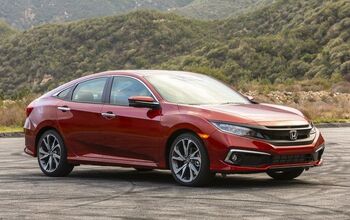
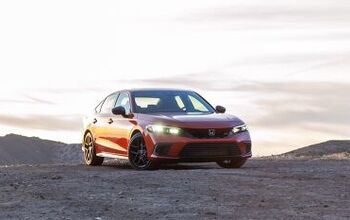
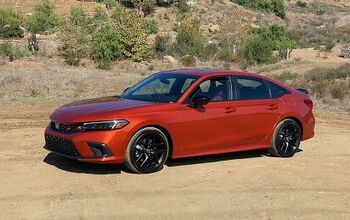


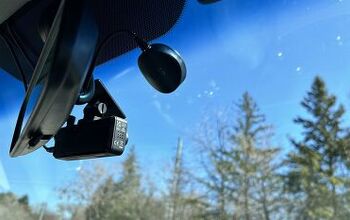



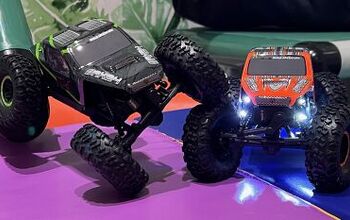
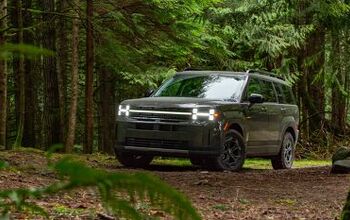
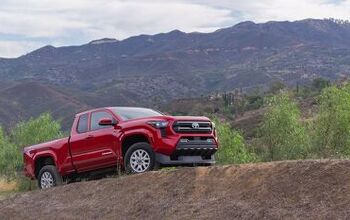
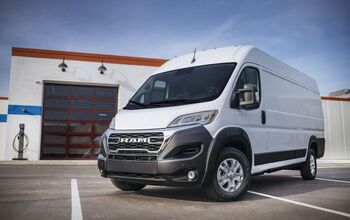
Comments
Join the conversation